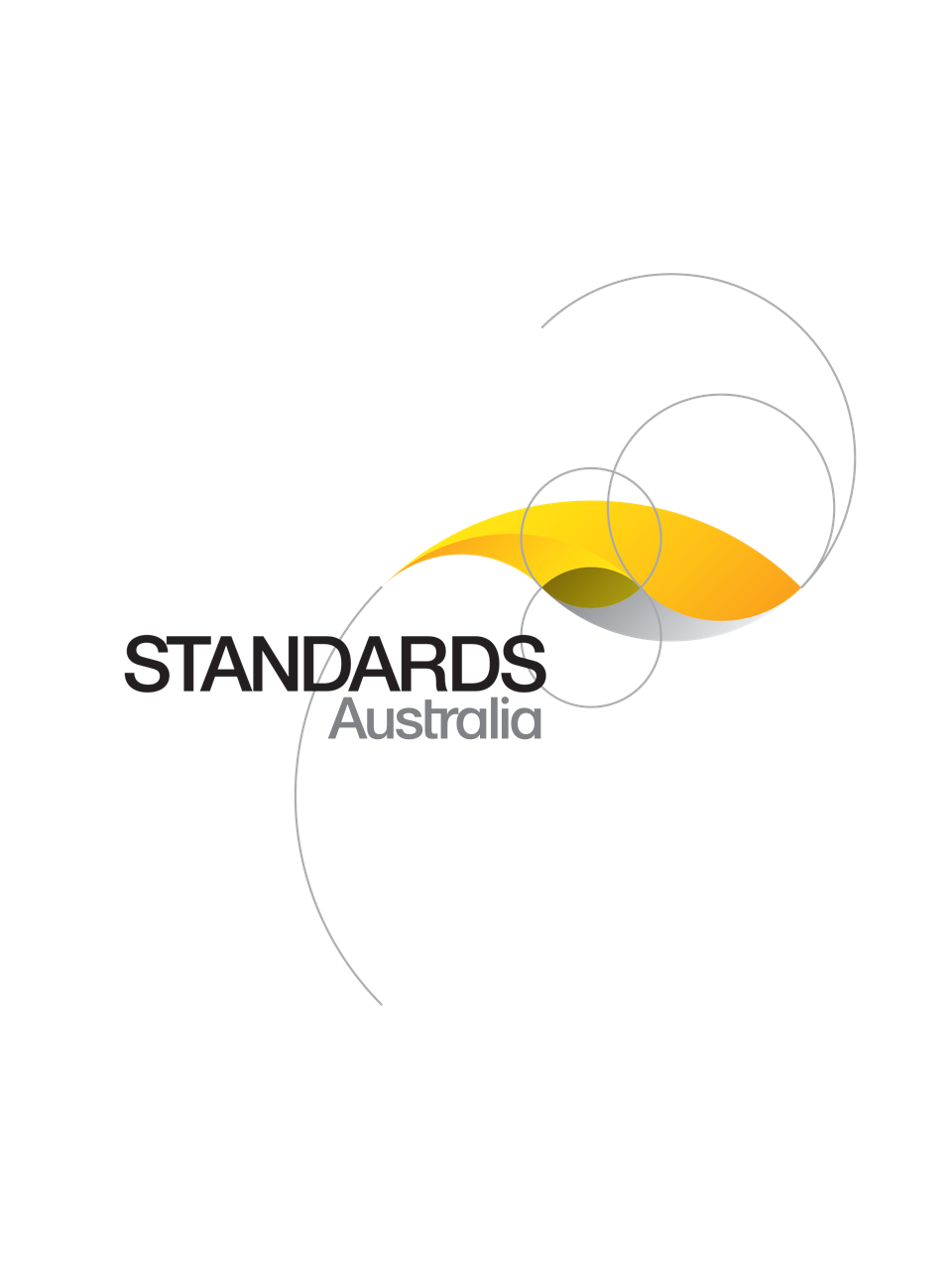Standard
Track updates
AS/NZS 1429.2:2009
[Current]Electric cables - Polymeric insulated, Part 2: For working voltages above 19/33 (36) kV up to and including 87/150 (170) kV
Specifies requirements for the construction and testing of single-core cross-linked polyethylene (XLPE) insulated cables for fixed installations for electricity supply.
Published: 17/09/2009
Pages: 27
Table of contents
Cited references
Content history
Table of contents
Header
About this publication
Preface
1 Scope and general
1.1 Scope
1.2 Referenced documents
1.3 Definitions
1.4 Voltage designation
1.5 Maximum conductor temperature
2 Construction
2.1 General
2.2 Conductors
2.3 Conductor screen
2.3.1 Material and application
2.3.2 Thickness
2.3.3 Removal from conductor
2.4 Insulation
2.4.1 Material
2.4.2 Application
2.4.3 Thickness
2.4.4 Concentricity
2.5 Extruded insulation screen
2.5.1 Material and application
2.5.2 Thickness
2.5.3 Requirements for stripping the insulation screen
2.6 Water blocking
2.6.1 General
2.6.2 Material and application
2.7 Metallic moisture barrier
2.7.1 General
2.7.2 Nominal thickness
2.7.3 Lead alloy sheath
2.7.3.1 Material
2.7.3.2 Application
2.7.3.3 Thickness
2.7.4 Corrugated extruded aluminium sheath
2.7.4.1 Material
2.7.4.2 Application
2.7.4.3 Thickness
2.7.5 Longitudinally welded aluminium sheath
2.7.5.1 Material
2.7.5.2 Application
2.7.5.3 Thickness
2.7.6 Corrugated copper sheath
2.7.6.1 Material
2.7.6.2 Application
2.7.6.3 Thickness
2.7.7 Corrugated stainless steel sheath
2.7.7.1 Material
2.7.7.2 Application
2.7.7.3 Thickness
2.7.8 Metal foil laminates
2.7.8.1 Material
2.7.8.2 Application
2.7.8.3 Thickness
2.8 Metallic wire screen (optional)
2.8.1 General
2.8.2 Material
2.8.3 Application
2.9 Binders and barrier tapes
2.10 Oversheath
2.10.1 Material
2.10.2 Application
2.10.3 Colour
2.10.4 Thickness
2.11 Protection from insect attack (optional)
2.12 Outer conductive coating (optional)
2.13 Fibre optic components (optional)
2.14 Cable identification
2.15 Metre marking on cable (optional)
2.16 Preparation for delivery
2.17 Marking of drums
3 Tests
3.1 General
3.2 Selection of samples
3.3 Re-qualification tests
3.3.1 Material changes
3.3.2 Process changes
Appendix A
A1 General
A2 Information to be supplied by the purchaser
Appendix B
B1 Introduction
B2 General
B3 Method
B3.1 Conductors
B3.2 Diameter over insulation
B3.3 Cores
B3.4 Metallic moisture barrier
B3.5 Metallic wire screen
B3.6 Under non-metallic sheath
Appendix C
C1 Diameter of drum barrel
C2 Installation bending radius
Appendix D
D1 Frequency of selection
D2 Retest procedure
Appendix E
E1 Rounding of numbers in the fictitious calculation method
E2 Rounding of numbers for other purposes
Appendix F
F1 General
F2 Introduction
F3 Terminology
F3.1 Types of joints
F3.1.1 Straight joint
F3.1.2 Transition joint
F3.2 Types of terminations
F3.2.1 Metal enclosed GIS terminations
F3.2.2 Oil immersed transformer termination
F3.2.3 Outdoor termination
F3.2.4 Indoor termination
F3.2.5 Temporary termination
F4 Compatibility (see Paragraph F5, Ref.1)
F4.1 Accessory with the cable
F4.1.1 Cable construction
F4.1.2 Cable operating temperature
F4.1.3 Chemical compatibility
F4.1.4 Cable electrical design stress
F4.1.5 Mechanical and short-circuit forces in the cable
F4.2 Accessory performance with the cable system
F4.3 Accessory with cable system design and operating conditions
F5 References
Cited references in this standard
ASTM A240/A240M
Standard specification for chromium and chromium-nickel stainless steel plate, sheet, and strip for pressure vessels and for general applications
[Superseded]
Power cables with extruded insulation and their accessories for rated voltages above 30 kV (Um = 36 kV) up to 150 kV (Um = 170 kV) — Test methods and requirements
One-time Purchase
Access via web browser on any device
One-time purchase
Single publication
Offline access via PDF^
$125.14 AUD
Inclusive of GSTFormat *
Web Reader
Licenses *
1 License (for yourself - not shareable)
Total$125.14 AUD
IMPORTANT
